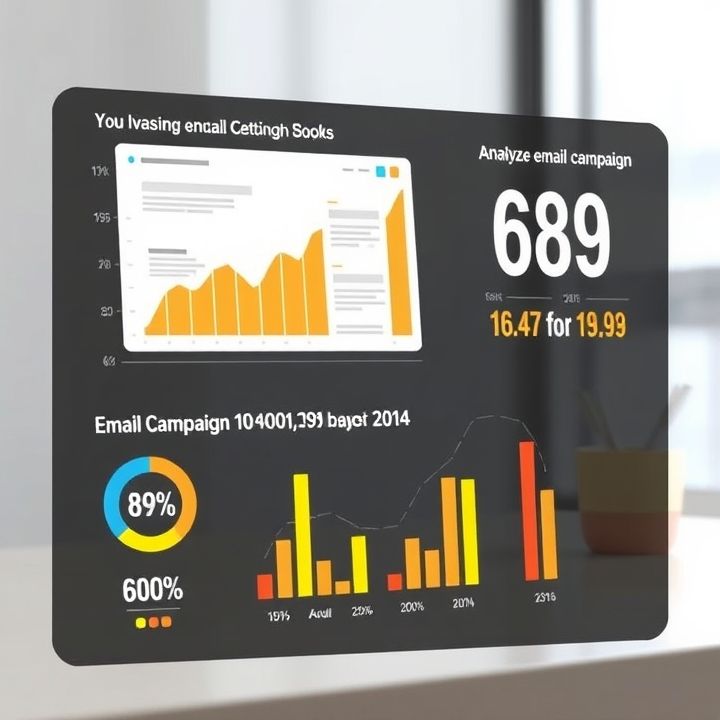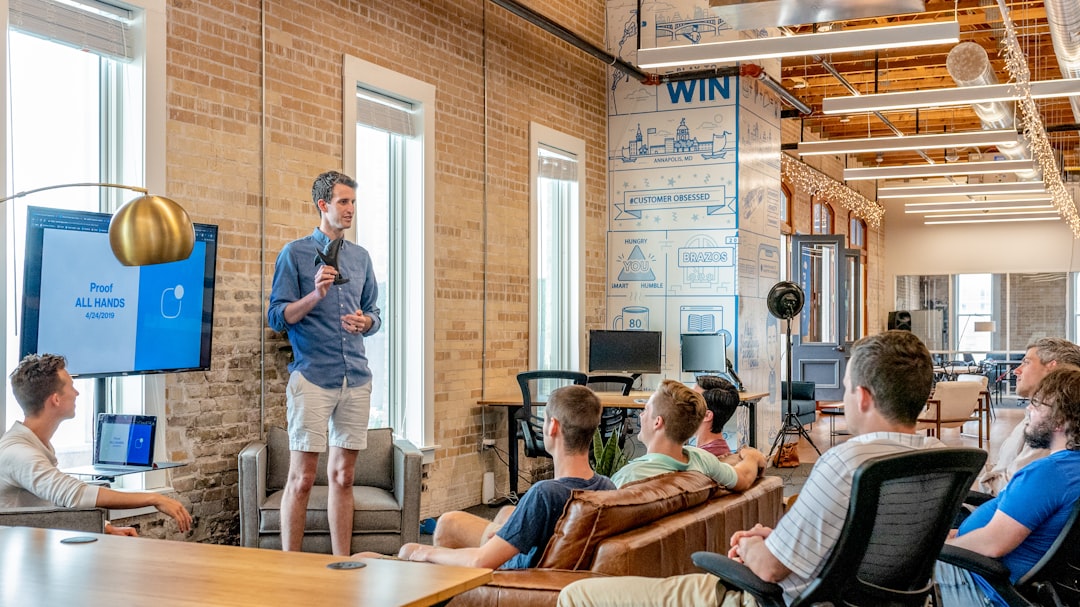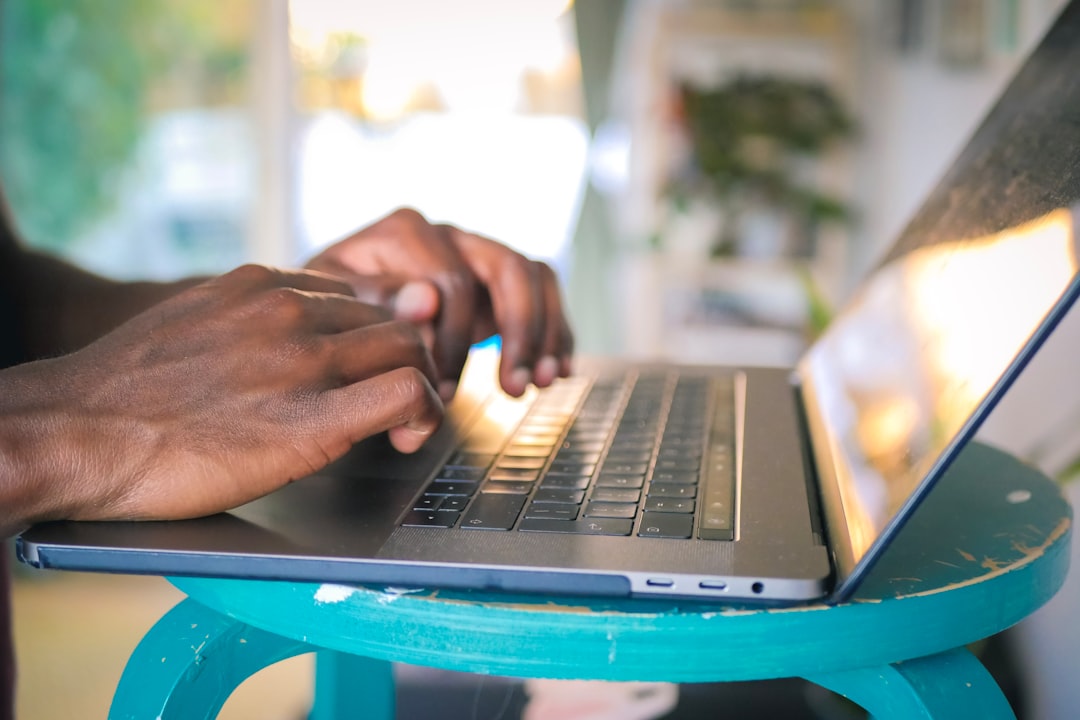Table of Contents
- Introduction
- Understanding the importance of social sharing buttons in email marketing
- Choosing the right social media platforms to include
- Designing visually appealing and noticeable buttons
- Strategic placement of buttons for maximum visibility
- Customizing buttons to align with your brand and message
- Ensuring mobile-friendliness and responsive design
- Incentivizing sharing to enhance engagement and reach
- Analyzing performance metrics to optimize future email campaigns
- Conclusion
- Frequently Asked Questions
Introduction
In the digital marketing realm, email is the powerhouse. It delivers messages straight to potential customers and offers a staggering return on investment. But how do you elevate your email marketing campaigns from ordinary to extraordinary? The secret lies in leveraging social sharing buttons. These tiny tools pack a punch, amplifying your reach and engagement with minimal effort.
Let’s journey into the heart of explosive email marketing and discover how social sharing buttons can transform your campaigns into viral sensations. Imagine your emails not just being read, but shared with friends, family, and colleagues, exponentially increasing your audience and enhancing your brand’s visibility.
| Benefit | Impact |
|---|---|
| Increased Reach | Expands your audience beyond your email list. |
| Enhanced Engagement | Encourages interaction and sharing. |
| Better Analytics | Track shares and see what resonates. |
Understanding the importance of social sharing buttons in email marketing
In the digital age, where information spreads at lightning speed, social sharing buttons in email marketing have become essential. These buttons allow recipients to share your content easily with their social media networks, which increases the reach and visibility of your message. By incorporating social sharing buttons, you empower your audience to engage with and advocate for your brand, fostering a sense of community and trust.
Social sharing buttons act as a bridge between your email campaigns and social media platforms, extending the life of your content beyond the inbox. When a recipient shares your email content, it can attract new audiences who might not have been on your email list, leading to potential subscribers and increased brand loyalty.
Furthermore, these buttons provide valuable data insights into the types of content that resonate with your audience. Analyzing which articles or products are shared the most can inform your future content strategy and marketing efforts, optimizing your campaigns for better engagement.
In essence, social sharing buttons are not just an add-on; they are a powerful tool in amplifying your marketing efforts, helping to convert a single email into a widespread conversation.
Choosing the right social media platforms to include
When thinking about incorporating social sharing buttons in your emails, the first consideration should be choosing the right social media platforms that align with your audience and campaign goals. Different platforms cater to various demographics and content types, making it essential to understand where your audience spends their time online.
Begin by analyzing your target market. For instance, if your audience skews younger, platforms like Instagram, Snapchat, or TikTok might be more effective. In contrast, if your audience is more professionally inclined or within an older age group, LinkedIn or Facebook might yield better results.
Consider the type of content you are sharing. Visual content performs well on platforms like Instagram and Pinterest, while textual content might find a better home on Twitter or LinkedIn. It’s also crucial to evaluate the goals of your campaign. Are you aiming for brand awareness or driving traffic to a specific page? Your goals should inform the choice of social media platforms to include.
Lastly, consider the practicality of the platforms. Make sure the buttons you include are easy to use and encourage interaction. Ultimately, incorporating the right social media platforms can enhance the effectiveness of your email campaigns by reaching and engaging your desired audience.
Designing visually appealing and noticeable buttons
When designing visually appealing and noticeable social sharing buttons for your emails, it’s crucial to strike a balance between aesthetics and functionality. Start by selecting colors that align with your brand’s color palette, yet offer enough contrast to stand out in the email layout. Bright, bold colors often draw attention and encourage engagement. Utilize easily recognizable icons like the standard Facebook, Twitter, and LinkedIn logos to convey the purpose clearly.
Size also matters, so incorporate buttons that are large enough to be noticed quickly but not so large that they overpower the rest of the email content. Consistency in size and shape across all buttons will make the design look cohesive and professional. Adding a subtle hover effect, such as a color change or slight enlargement, can make the buttons interactive and inviting for users to click.
Placement is equally important; position the buttons in a prominent area within the email, such as at the beginning or end of your message, where readers are most likely to notice them. Lastly, ensure mobile compatibility by testing how the buttons appear and function on various devices. This will maximize your reach and sharing potential, ultimately boosting your email’s viral potential.
Strategic placement of buttons for maximum visibility
The strategic placement of social sharing buttons in your emails is crucial for maximizing their visibility and ensuring increased engagement. To achieve this, it’s important to position these buttons where subscribers are most likely to notice them. A common best practice is to place the buttons at both the top and bottom of your email content. This allows readers to see them immediately upon opening the email, and again after reading through the content.
Incorporating sharing buttons next to compelling content, such as engaging images or intriguing headlines, can also capture attention. You should aim for a layout that is intuitive and unobtrusive yet effective in drawing attention. Ensure that these buttons are easily identifiable, possibly by using recognizable icons or consistent colors that stand out but align with your brand.
Furthermore, it can be beneficial to include a call-to-action near the sharing buttons to encourage subscribers to share the content. Phrases like “Share with your friends” or “Spread the word” can provide the gentle nudge subscribers need. By thoughtfully integrating these elements into the design of your email, you can significantly enhance the likelihood of readers sharing your content viral and expanding its reach.
Customizing buttons to align with your brand and message
Customizing social sharing buttons to align with your brand and message is an essential strategy for enhancing user engagement and promoting viral sharing. The appearance and functionality of these buttons can significantly impact how recipients perceive your brand and decide to interact with your content. To start, choose colors that resonate with your brand’s palette, ensuring consistency across all marketing platforms. This enhances brand recognition and builds trust among your audience. Additionally, consider the shape and size of the buttons. Round or rounded square buttons can create a modern and welcoming look, whereas more conventional square buttons might appeal to a traditional audience.
Next, integrating your brand’s logo or iconography can enhance recognition and association. It’s also crucial to ensure that the call-to-action text on the buttons is clear, concise, and aligned with your brand’s voice. For example, instead of a generic ‘Share,’ you could use ‘Spread the Word,’ ‘Join the Journey,’ or something that reflects your brand’s personality. Lastly, always test the buttons across different devices and email clients to ensure they function as intended and offer a seamless user experience. By tailoring these elements, your social sharing buttons can effectively drive engagement and amplify your brand’s message.
Ensuring mobile-friendliness and responsive design
Ensuring mobile-friendliness and responsive design in your emails is crucial in today’s digitally driven world. With the majority of users accessing content through mobile devices, emails must be designed to offer an optimal viewing experience across all devices. Responsive email design ensures that content automatically adjusts to fit different screen sizes, enhancing readability and user engagement. This includes appropriate use of images, scalable fonts, and touch-friendly buttons.
Implementing media queries in your email templates allows for adjusting styles based on device screen size. This approach ensures that social sharing buttons and other interactive elements are easily accessible and usable, encouraging users to share content.
Testing your emails across various devices and email clients is equally important to identify any potential issues. Leveraging tools and services that provide previews and insights into how emails render across different platforms can be extremely beneficial. By prioritizing mobile-friendliness and incorporating responsive design principles, businesses can enhance user experience and foster better engagement, ultimately leading to increased sharing and conversion rates.
Incentivizing sharing to enhance engagement and reach
Encouraging your audience to share your emails can significantly amplify your message and broaden your reach. One effective way to do this is by incentivizing sharing. By offering rewards or benefits, you can motivate recipients to share content with their networks. For instance, you might provide a discount, exclusive access, or a free product or service in exchange for a share. This not only boosts engagement but also creates a sense of value and exclusivity around your brand. Additionally, clearly communicate what the audience gains from sharing your content and ensure the process is simple and straightforward.
Incorporating calls to action that are strategically placed within the email can also encourage sharing. Phrases like “Share with your friends” or “Help us spread the word” coupled with an incentive can spark interest and trigger sharing behaviors. Social sharing buttons should be prominently visible and easy to use to facilitate hassle-free sharing. These buttons often link directly to social media platforms, allowing your email recipients to share content with a single click. Ultimately, when you create a compelling, rewarding, and seamless sharing experience, you increase the likelihood of your messages being spread throughout diverse networks, thereby enhancing engagement and reach.
Analyzing performance metrics to optimize future email campaigns
Analyzing performance metrics is a critical step in optimizing future email campaigns. By examining data such as open rates, click-through rates, and conversion rates, marketers can gain invaluable insights into what resonates with their audience.
Open rates provide an overview of how effective your subject lines are at grabbing attention. If these rates are low, you might consider A/B testing different subject lines to determine which ones yield better results.
Click-through rates offer a glimpse into how engaging your content is. If your subscribers are not clicking on the links within your emails, it may be time to reevaluate your messaging or design. Consider segmenting your audience to tailor content that meets specific interests.
Conversion rates reveal the ultimate success of your email campaign — whether subscribers are taking the desired action. Tracking these conversions can highlight high-performing elements, enabling you to replicate successful tactics in future efforts.
Utilizing these metrics helps in understanding subscriber behavior, which is critical for refining strategies and achieving better results in subsequent campaigns.
Conclusion
In conclusion, incorporating social sharing buttons in email marketing is a transformative tactic that can significantly amplify your reach and engagement. By understanding the nuances of selecting the right platforms, designing visually appealing buttons, and strategically positioning them within your emails, you can ensure they capture your audience’s attention. Customizing these buttons to align with your brand ensures consistency, while ensuring mobile-friendliness broadens your audience reach. Furthermore, incentivizing sharing and analyzing performance metrics allows you to refine and optimize your strategy, transforming your email campaigns into powerful tools for growth. These elements, when combined, unlock the potential for explosive results, turning a simple email into a gateway for expanding conversations and community engagement across diverse networks. Embrace this strategic integration to elevate your marketing efforts and witness the transformative impact of your emails.















